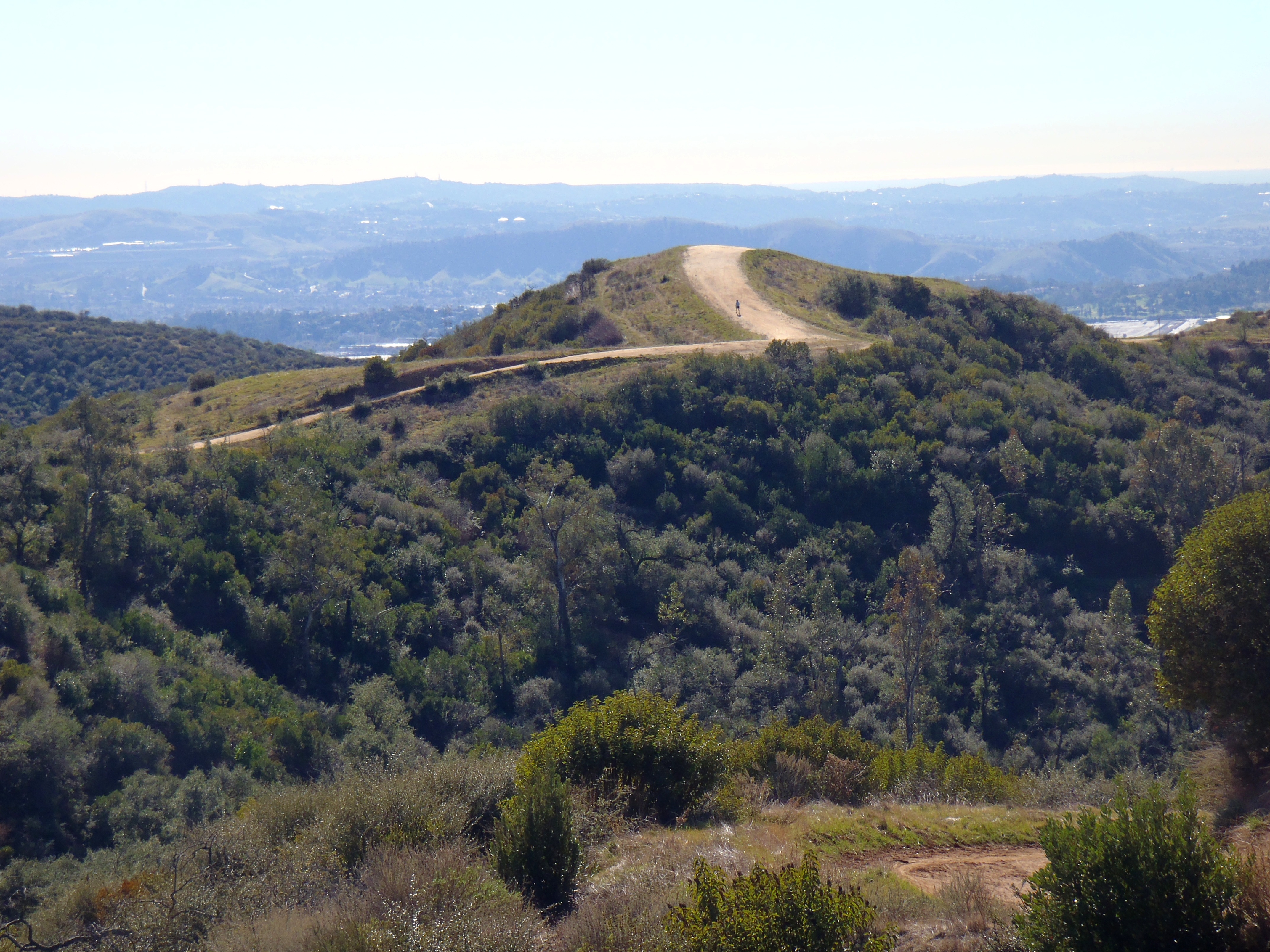|
Sagehen Nunataks
Sagehen Nunataks () is a roughly triangular group of nunataks rising to about above base level on the east side of Holdsworth Glacier, north of McNally Peak, in the Queen Maud Mountains, Antarctica. They were mapped by United States Geological Survey (USGS) from surveys and U.S. Navy aerial photographs from 1960 to 1964. In 1978–79 they were visited by a United States Antarctic Research Program (USARP)-Arizona State University geological field party. They were named after the Sagehen, mascot of Pomona College in Claremont, California Claremont () is a suburban city on the eastern edge of Los Angeles County, California, United States, east of downtown Los Angeles. It is in the Pomona Valley, at the foothills of the San Gabriel Mountains. As of the 2010 census it had a popul ..., the alma mater of Scott G. Borg, one of the field party members. Amundsen Coast Nunataks of the Ross Dependency {{RossDependency-geo-stub ... [...More Info...] [...Related Items...] OR: [Wikipedia] [Google] [Baidu] |
Nunatak
A nunatak (from Inuit ''nunataq'') is the summit or ridge of a mountain that protrudes from an ice field or glacier that otherwise covers most of the mountain or ridge. They are also called glacial islands. Examples are natural pyramidal peaks. When rounded by glacial action, smaller rock promontories may be referred to as rognons. The word is of Greenlandic origin and has been used in English since the 1870s. Description The term is typically used in areas where a permanent ice sheet is present and the nunataks protrude above the sheet.J. J. Zeeberg, ''Climate and Glacial History of the Novaya Zemlya Archipelago, Russian Arctic''. pp. 82–84 Nunataks present readily identifiable landmark reference points in glaciers or ice caps and are often named. While some nunataks are isolated, sometimes they form dense clusters, such as Queen Louise Land in Greenland. Nunataks are generally angular and jagged, which hampers the formation of glacial ice on their tops, although snow can a ... [...More Info...] [...Related Items...] OR: [Wikipedia] [Google] [Baidu] |
Holdsworth Glacier
Holdsworth Glacier () is a tributary glacier about long, flowing northeast from Fuller Dome to enter the southeast side of Bartlett Glacier, in the Queen Maud Mountains The Queen Maud Mountains are a major group of mountains, ranges and subordinate features of the Transantarctic Mountains, lying between the Beardmore and Reedy Glaciers and including the area from the head of the Ross Ice Shelf to the Antarcti ... of Antarctica. It was named by the Advisory Committee on Antarctic Names for Gerald Holdsworth, who was involved in geological studies at McMurdo Station in the summer of 1965–66. References Glaciers of Amundsen Coast {{RossDependency-glacier-stub ... [...More Info...] [...Related Items...] OR: [Wikipedia] [Google] [Baidu] |
McNally Peak
McNally Peak () is a peak high, standing west of Mount Farley, near the southeast side of Holdsworth Glacier, in the Queen Maud Mountains of Antarctica. It was named by the Advisory Committee on Antarctic Names for Commander Joseph John McNally (15 Feb 1928-13 Jan 2019), U.S. Navy, supply officer at McMurdo Station, winter 1959, and on the staff of the Commander, U.S. Naval Support Force, Antarctica, during U.S. Navy Operation Deep Freeze Operation Deep Freeze (OpDFrz or ODF) is codename for a series of United States missions to Antarctica, beginning with "Operation Deep Freeze I" in 1955–56, followed by "Operation Deep Freeze II", "Operation Deep Freeze III", and so on. (There w ... 1967. References Mountains of the Ross Dependency Amundsen Coast Queen Maud Mountains {{Ross-mountain-stub ... [...More Info...] [...Related Items...] OR: [Wikipedia] [Google] [Baidu] |
Queen Maud Mountains
The Queen Maud Mountains are a major group of mountains, ranges and subordinate features of the Transantarctic Mountains, lying between the Beardmore and Reedy Glaciers and including the area from the head of the Ross Ice Shelf to the Antarctic Plateau in Antarctica. Captain Roald Amundsen and his South Pole party ascended Axel Heiberg Glacier near the central part of this group in November 1911, naming these mountains for the Norwegian queen Maud of Wales. Despite the name, they are not located within Queen Maud Land. Elevations bordering the Beardmore Glacier, at the western extremity of these mountains, were observed by the British expeditions led by Ernest Shackleton (1907–09) and Robert Falcon Scott (1910-13), but the mountains as a whole were mapped by several American expeditions led by Richard Evelyn Byrd (1930s and 1940s), and United States Antarctic Program (USARP) and New Zealand Antarctic Research Program (NZARP) expeditions from the 1950s through the 1970s. Featu ... [...More Info...] [...Related Items...] OR: [Wikipedia] [Google] [Baidu] |
United States Geological Survey
The United States Geological Survey (USGS), formerly simply known as the Geological Survey, is a scientific agency of the United States government. The scientists of the USGS study the landscape of the United States, its natural resources, and the natural hazards that threaten it. The organization's work spans the disciplines of biology, geography, geology, and hydrology. The USGS is a fact-finding research organization with no regulatory responsibility. The agency was founded on March 3, 1879. The USGS is a bureau of the United States Department of the Interior; it is that department's sole scientific agency. The USGS employs approximately 8,670 people and is headquartered in Reston, Virginia. The USGS also has major offices near Lakewood, Colorado, at the Denver Federal Center, and Menlo Park, California. The current motto of the USGS, in use since August 1997, is "science for a changing world". The agency's previous slogan, adopted on the occasion of its hundredt ... [...More Info...] [...Related Items...] OR: [Wikipedia] [Google] [Baidu] |
United States Antarctic Research Program
The United States Antarctic Program (or USAP; formerly known as the United States Antarctic Research Program or USARP and the United States Antarctic Service or USAS) is an organization of the United States government which has presence in the Antarctica continent. Founded in 1959, the USAP manages all U.S. scientific research and related logistics in Antarctica as well as aboard ships in the Southern Ocean. United States Antarctic Program The United States established the U.S. Antarctic Research Program (USARP) in 1959—the name was later changed to the U.S. Antarctic Program—immediately following the success of the International Geophysical Year (IGY). Today, the National Science Foundation (NSF) has a Presidential Mandate to manage the United States Antarctic Program, through which it operates three year-round research stations and two research vessels, coordinates all U.S. science on the southernmost continent, and works with other federal agencies, the U.S. military, an ... [...More Info...] [...Related Items...] OR: [Wikipedia] [Google] [Baidu] |
Arizona State University
Arizona State University (Arizona State or ASU) is a public research university in the Phoenix metropolitan area. Founded in 1885 by the 13th Arizona Territorial Legislature, ASU is one of the largest public universities by enrollment in the U.S. One of three universities governed by the Arizona Board of Regents, ASU is a member of the Universities Research Association and classified among "R1: Doctoral Universities – Very High Research Activity". ASU has nearly 150,000 students attending classes, with more than 38,000 students attending online, and 90,000 undergraduates and nearly 20,000 postgraduates across its five campuses and four regional learning centers throughout Arizona. ASU offers 350 degree options from its 17 colleges and more than 170 cross-discipline centers and institutes for undergraduates students, as well as more than 400 graduate degree and certificate programs. The Arizona State Sun Devils compete in 26 varsity-level sports in the NCAA Division I Pac ... [...More Info...] [...Related Items...] OR: [Wikipedia] [Google] [Baidu] |
Pomona College
Pomona College ( ) is a private liberal arts college in Claremont, California. It was established in 1887 by a group of Congregationalists who wanted to recreate a "college of the New England type" in Southern California. In 1925, it became the founding member of the Claremont Colleges consortium of adjacent, affiliated institutions. Pomona is a four-year undergraduate institution that approximately students. It offers 48 majors in liberal arts disciplines and roughly 650 courses, as well as access to more than 2,000 additional courses at the other Claremont Colleges. Its campus is in a residential community east of downtown Los Angeles, near the foothills of the San Gabriel Mountains. Pomona has the lowest acceptance rate of any U.S. liberal arts college and is considered the most prestigious liberal arts college in the American West and one of the most prestigious in the country. It has a $ endowment , making it the seventh-wealthiest college or university in the ... [...More Info...] [...Related Items...] OR: [Wikipedia] [Google] [Baidu] |
Claremont, California
Claremont () is a suburban city on the eastern edge of Los Angeles County, California, United States, east of downtown Los Angeles. It is in the Pomona Valley, at the foothills of the San Gabriel Mountains. As of the 2010 census it had a population of 34,926, and in 2019 the estimated population was 36,266. Claremont is home to the Claremont Colleges and other educational institutions, and the city is known for its tree-lined streets with numerous historic buildings. Because of this, it is sometimes referred to as "The City of Trees and Ph.Ds." In July 2007, it was rated by CNN/''Money'' magazine as the fifth best place to live in the United States, and was the highest rated place in California on the list. It was also named the best suburb in the West by '' Sunset Magazine'' in 2016, which described it as a "small city that blends worldly sophistication with small-town appeal." In 2018, Niche rated Claremont as the 17th best place to live in the Los Angeles area out of 658 com ... [...More Info...] [...Related Items...] OR: [Wikipedia] [Google] [Baidu] |
Scott G
Scott may refer to: Places Canada * Scott, Quebec, municipality in the Nouvelle-Beauce regional municipality in Quebec * Scott, Saskatchewan, a town in the Rural Municipality of Tramping Lake No. 380 * Rural Municipality of Scott No. 98, Saskatchewan United States * Scott, Arkansas * Scott, Georgia * Scott, Indiana * Scott, Louisiana * Scott, Missouri * Scott, New York * Scott, Ohio * Scott, Wisconsin (other) (several places) * Fort Scott, Kansas * Great Scott Township, St. Louis County, Minnesota * Scott Air Force Base, Illinois * Scott City, Kansas * Scott City, Missouri * Scott County (other) (various states) * Scott Mountain, a mountain in Oregon * Scott River, in California * Scott Township (other) (several places) Elsewhere * 876 Scott, minor planet orbiting the Sun * Scott (crater), a lunar impact crater near the south pole of the Moon *Scott Conservation Park, a protected area in South Australia People * Scott (surname), including a l ... [...More Info...] [...Related Items...] OR: [Wikipedia] [Google] [Baidu] |
Amundsen Coast
Amundsen Coast is that portion of the coast to the south of the Ross Ice Shelf lying between Morris Peak, on the east side of Liv Glacier, and the west side of the Scott Glacier. Named by New Zealand Antarctic Place-Names Committee in 1961 for Captain Roald Amundsen, the Norwegian explorer who led his own expedition in 1910–12 to the Antarctic. Setting up a base at Framheim at the edge of the Ross Ice Shelf, he sledged southward across the shelf and discovered a route up the Axel Heiberg Glacier along this coast to reach the polar plateau. He was the first to reach the South Pole The South Pole, also known as the Geographic South Pole, Terrestrial South Pole or 90th Parallel South, is one of the two points where Earth's axis of rotation intersects its surface. It is the southernmost point on Earth and lies antipod ..., December 14, 1911. References * Coasts of the Ross Dependency {{RossDependency-geo-stub ... [...More Info...] [...Related Items...] OR: [Wikipedia] [Google] [Baidu] |





